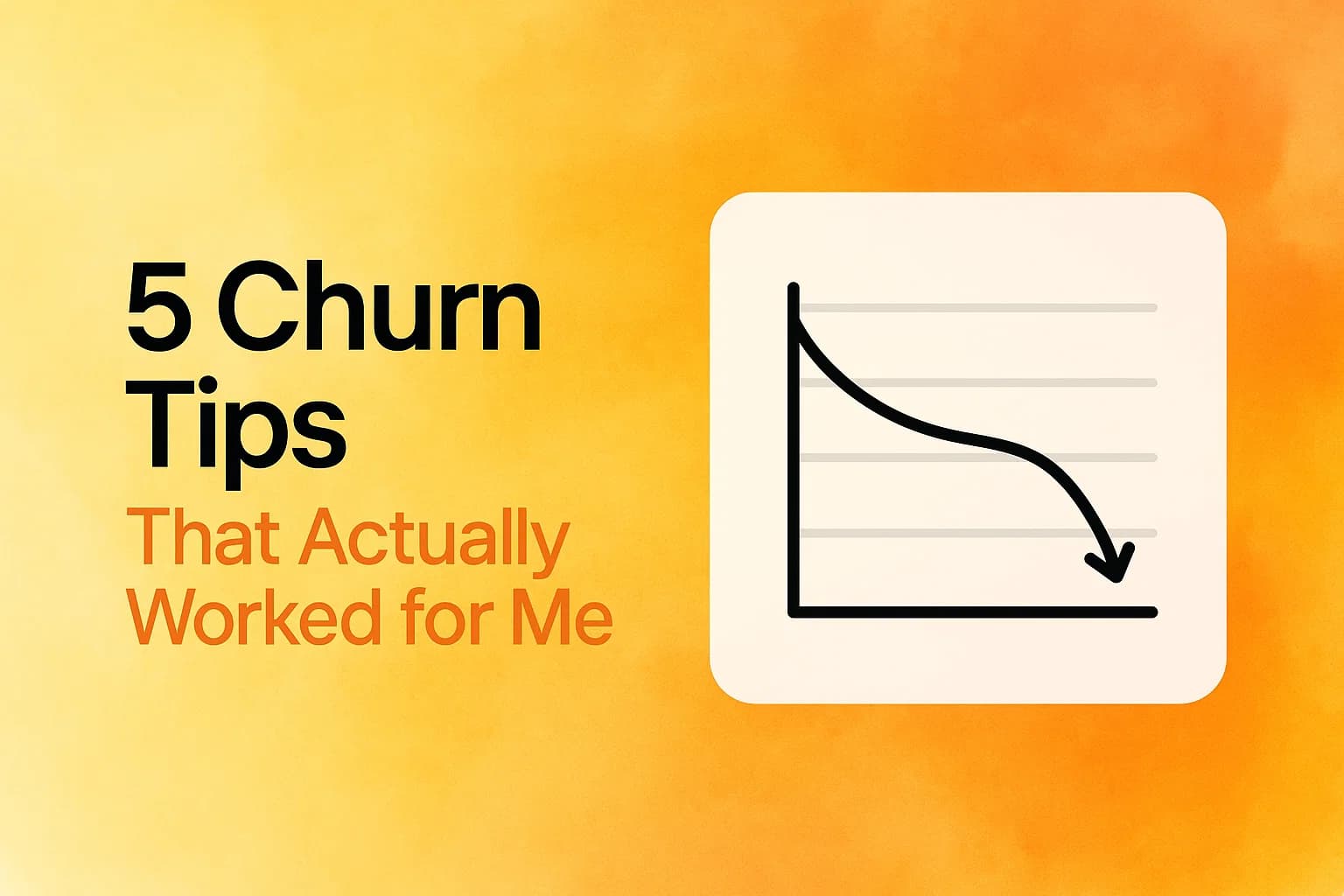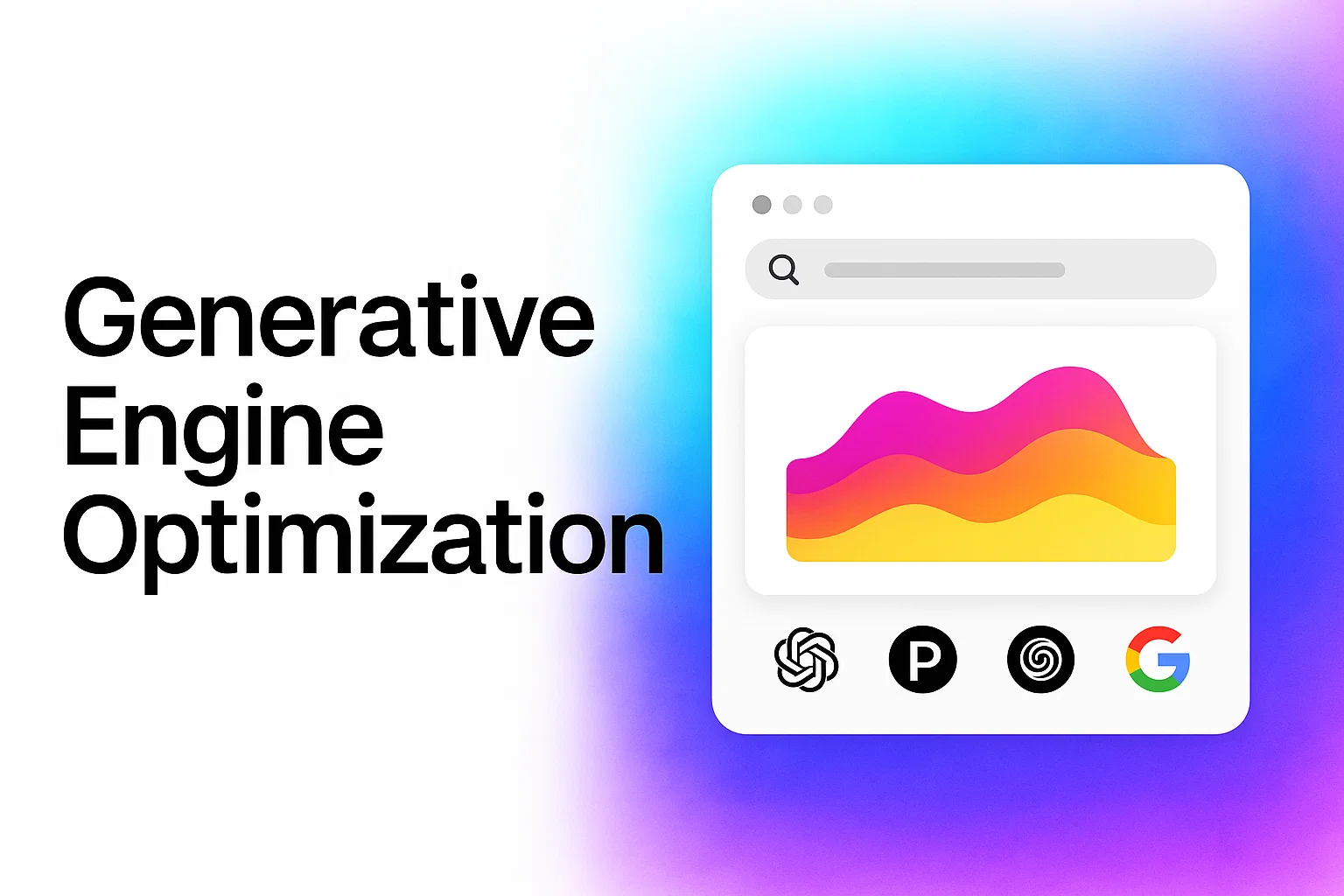Stop collecting tactics. Start making choices.
I've built multiple SaaS products, watched thousands of users come and go, and obsessed over retention metrics for years. Here's what I learned: most churn advice is bullshit.
Everyone tells you to optimize onboarding, add features, send better emails. I tried all of it. The real breakthrough came when I stopped trying to save everyone and started making hard decisions about who my product was actually for.
These are the only 5 churn decisions that moved the needle for me.
Decision 1: Accept That 70% Were Never Going to Work Out
The delusion I had: "If I just optimize onboarding/add features/send better emails, I can save everyone."
The reality I learned: Most users who churn were dead on arrival. They signed up during a dopamine hit, expecting magic. My SEO tool wouldn't make them disciplined. My link building service wouldn't make them patient. My analytics dashboard wouldn't make them data-driven.
I spent months building elaborate email sequences for users who'd already mentally checked out.
What I actually do now:
- I pull my last 100 churned users
- I find the 30 who used the product >3 times before quitting
- Those are my only real losses
- I ignore the 70 who never had a chance
The test that changed everything: If someone hasn't done the core action by day 7, they're already gone. I stopped sending them reactivation emails. They're not inactive—they're tourists who already left town.
When I accepted this, I stopped wasting energy on lost causes and focused on the users who actually mattered.
Decision 2: Triple Your Price Until It Hurts
The delusion I had: "More users = more revenue, even if they churn faster."
The reality I discovered: $9/month users are borrowing your product. $99/month users are buying into your vision. The price isn't just money—it's a commitment filter.
Here's what I actually saw happen:
- $9 user: Churns when they forget they signed up
- $29 user: Churns when they don't see immediate ROI
- $99 user: Calls me to figure out how to make it work
What I actually did:
I killed my cheapest tier overnight. Not "tested it." Killed it. My signup volume tanked 60%. My churn rate dropped 35% in 60 days as tourists stopped signing up.
The test that scared me: When I raised prices 3x, I thought it would kill my business. Instead, it saved it. If raising prices 3x would kill your business, you don't have a business—you have a feature.
Decision 3: Fire Your Worst Customers (Especially the Loud Ones)
The delusion I had: "Every customer is valuable feedback."
The reality I learned: My worst customers were stealing focus from my best ones. That person demanding 47 features? They churned anyway. The one sending daily complaint emails? They were using me as therapy.
I was spending 80% of my support time on 5% of my users.
What I actually did:
- I identified users who hadn't achieved success after 60 days
- I sent them this email: "Hey, noticed you're not getting value. Here's a full refund. Try [competitor] instead—might be a better fit."
- I blocked their card from signing up again
Yes, really. I fired them.
The test that freed me: If you're afraid to lose any customer, you don't know who your product is actually for. I learned this the hard way when I kept trying to please everyone and pleased no one.
Decision 4: Stop Fixing Retention, Start Fixing Promise-Reality Gap
The delusion I had: "Add more features, better UX, faster onboarding..."
The reality I discovered: Churn is what happens when the promise you made (in marketing) hits the reality of what you built (the product). Every retention hack I tried was just delaying this collision.
The brutal audit I did:
- What do users think they're buying? (I checked my landing page)
- What are they actually getting? (I checked week 2 usage)
- Where's the gap? (That was my real churn cause)
My landing page promised "automated link building." My product delivered "link building tools." Huge difference.
What I actually did:
I changed my marketing to promise what I actually delivered, not what I wished I delivered. Signups dropped 50%. Churn dropped 70%. Math worked out.
The test that hurt: I showed my landing page to a customer who'd been successful for 6+ months. They said "that's not why I use this." I was acquiring the wrong people with the wrong promise.
Decision 5: Build for Power Users, Not the Struggling Middle
The delusion I had: "Help struggling users become power users."
The reality I learned: Power users were power users from day one. They didn't need my help. The struggling middle would always struggle—it wasn't about my product, it was about their commitment.
The evidence was in my data:
- Top 20% of users: 85% retention
- Middle 60%: 35% retention
- Bottom 20%: 8% retention
I was spending 80% of my development time trying to move the middle. Complete waste.
What I actually did:
- I interviewed my top 20% users
- I found what they did in week 1 that others didn't
- I made that the requirement to continue past trial
- I let everyone else bounce
The test that clarified everything: My power users would pay 10x my current price. I was underbuilding for them and overbuilding for everyone else.
I faced this choice:
Option A: Fight to reduce churn from 18% to 12% across all users
- Required: 20 features, 3 people, endless optimization
- Result: Marginally better business, same fundamental problems
Option B: Accept 35% churn but only from people who should leave
- Required: Courage to say no, clarity on who I serve
- Result: 65% retention from users who matter, 8x LTV
I chose A for two years. I wrote exit surveys, added features, optimized funnels. I reduced churn from 18% to 14% and celebrated like I'd won something.
Then I met a competitor who chose B. They had half my users, twice my revenue, and 10x my clarity about their market.
That's when I realized: High churn isn't a product problem. It's a courage problem.
The thing I didn't want to admit: I knew who my best users were. I knew who wasted my time. I was just afraid to choose.
I stopped optimizing for everyone. I started building for someone specific.
My churn rate didn't get lower. My standards got higher.
And that made all the difference.
If you're struggling with churn, ask yourself: Are you building a product people desperately need, or are you building a feature people might want? The answer is in your retention data, not your feature requests.
The best SaaS products aren't for everyone. They're essential for someone.
Choose your someone. Fire everyone else. Watch your business transform.



